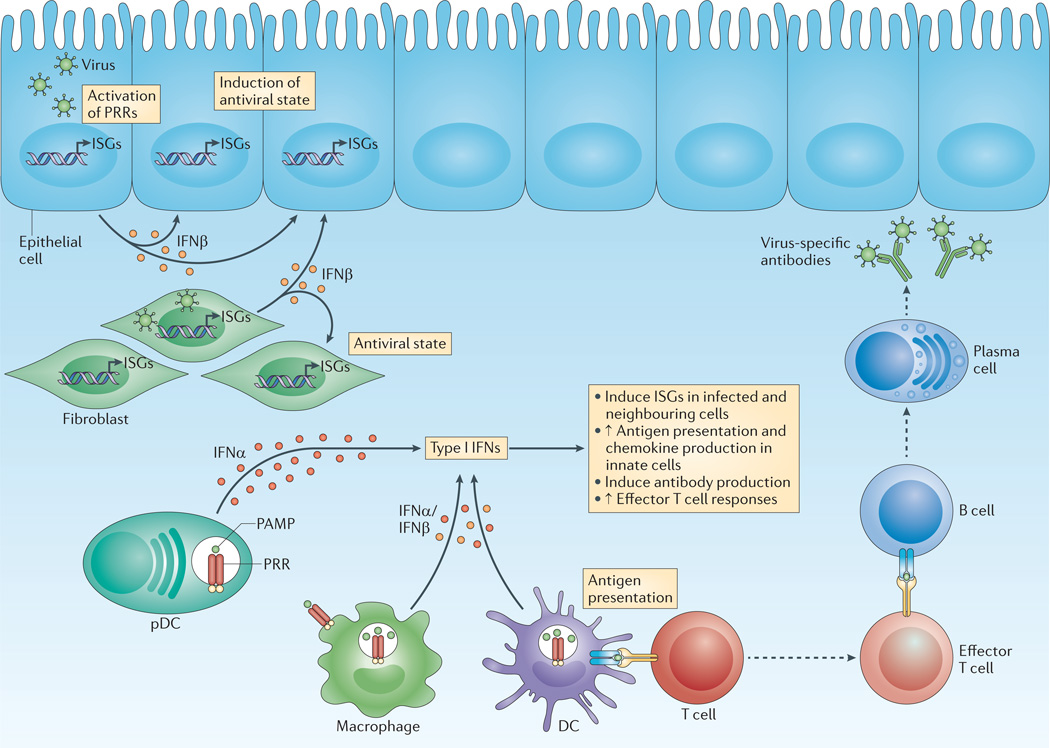Figure 1. Type I interferon controls innate and adaptive immunity and intracellular antimicrobial programmes.
On pathogen detection, infected cells produce type I interferons (IFNs). Innate immune cells, such as macrophages and dendritic cells (DCs), produce type I IFNs after sensing pathogen components using various pattern-recognition receptors (PRRs), which are found on the plasma membrane, in endosomes and throughout the cytosol. In particular, plasmacytoid DCs (pDCs) produce large quantities of IFNα. Non-immune cells, such as fibroblasts and epithelial cells, predominantly produce IFNβ. In infected and neighbouring cells, type I IFNs induce the expression of IFN-stimulated genes (ISGs), the products of which initiate an intracellular antimicrobial programme that limits the spread of infectious agents. Innate immune cells also respond to type I IFNs by enhancing antigen presentation and the production of immune response mediators, such as cytokines and chemokines. Adaptive immunity is also affected by type I IFNs: for example, type I IFNs can augment antibody production by B cells and amplify the effector function of T cells. PAMP, pathogen-associated molecular pattern.

